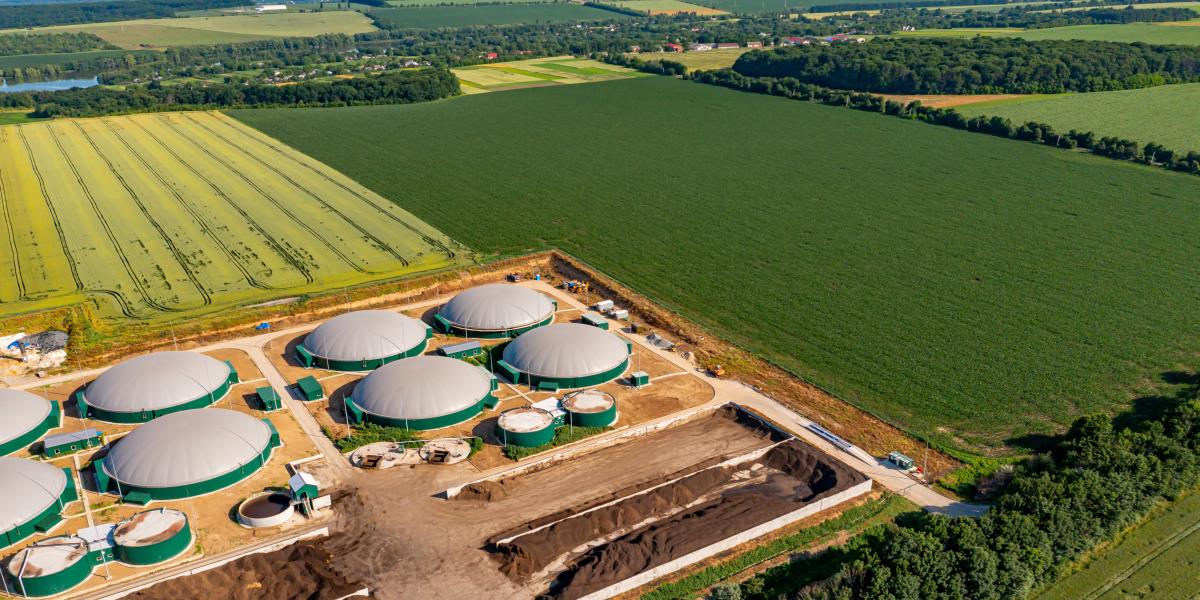You are here

(Editor’s Note: 3E is expanding news coverage to provide customers with insights into topics that enable a safer, more sustainable world by protecting people, safeguarding products, and helping businesses grow. Deep Dive articles, produced by reporters, feature interviews with subject matter experts and influencers as well as exclusive analysis provided by 3E researchers and consultants).
A new U.S. Environmental Protection Agency (EPA) final rule announced 6 May 2024 has been crafted to strengthen, expand, and update methane emissions reporting requirements for petroleum and natural gas systems under the EPA’s Greenhouse Gas Reporting Program (GGRP).
The GGRP is covered by the Inflation Reduction Act and complements the Biden Administration’s initiative to slash methane emissions under the U.S. Methane Emissions Reduction Plan (MERP).
“As we implement the historic climate programs under President Biden’s Inflation Reduction Act, EPA is applying the latest tools, cutting edge technology, and expertise to track and measure methane emissions from the oil and gas industry,” said EPA Administrator Michael S. Regan. “Together, a combination of strong standards, good monitoring and reporting, and historic investments to cut methane pollution will ensure the U.S. leads in the global transition to a clean energy economy.”
The final rule is the latest in a long line of nearly 100 methane-related policies crafted in coordination by the White House Methane Task Force. The objective of this task force is to bolster methane detection and reduce methane pollution from oil and gas operations, landfills, abandoned mines, agriculture, industry, and buildings.
The Biden Administration also has plans to use $1 billion to accelerate the transition to cleaner oil and gas technologies, EPA officials said in a news release.
Review
Oil and gas companies and industry groups have long opposed certain provisions of the EPA’s GGRP, including the agency’s proposed revisions to the Subpart W rule. The revisions would apply to onshore oil and natural gas production, gathering and boosting, gas processing, transmission, underground storage, and liquified natural gas storage and import/export facilities.
Operators covered by Subpart W must report specific greenhouse gas (GHG) emissions, including carbon dioxide (CO2), methane (CH4), and nitrous oxide (N2O).
Industry leaders have urged the Biden Administration to consider the progress the industry has made to reduce emissions.
"API has raised serious concerns about several aspects of the proposed EPA Subpart W rule, including flawed methodologies that could lead to inaccurate reporting of higher GHG emissions and increased taxes on American energy at a time of geopolitical instability and economic inflation,” said Aaron Padilla, vice president of corporate policy at the American Petroleum Institute (API). “We are reviewing the final rule and will work with Congress and the administration as we continue to reduce GHG emissions while producing the energy the world needs."
Analysis
Environmental policy groups applauded the new rule and asked the EPA to expedite the finalization of key components of the MERP, such as the waste emissions charge (WEC) for petroleum and natural gas facilities that emit more than 25,000 metric tons of C02 per year.
The WEC starts at $900 per metric ton for 2024 reported methane emissions. It increases to $1,200 per metric ton for 2025 emissions, and $1,500 per metric ton for 2026 and beyond.
“By directing EPA to update and strengthen methane emissions reporting, Congress recognized the vital importance of measurement-based, accurate and scientifically robust data to establish the true volume of pollution created by the oil and gas industry,” said Daniel Zavala-Araiza, senior scientist at the Environmental Defense Fund (EDF). “Updated methane reporting, along with continued integration of new measurement data, will allow us to better understand emission sources and mitigation opportunities and track changes in emissions over time.”
-------------
About the author: Stefan Modrich is a Washington, D.C.-based reporter for 3E. He covers the latest developments in environmental health and safety policy and regulation. Modrich previously wrote for S&P Global Market Intelligence, The Arizona Republic, and Chicago Tribune. He is an alumnus of Arizona State University and the University of Zagreb.

 Top
Top